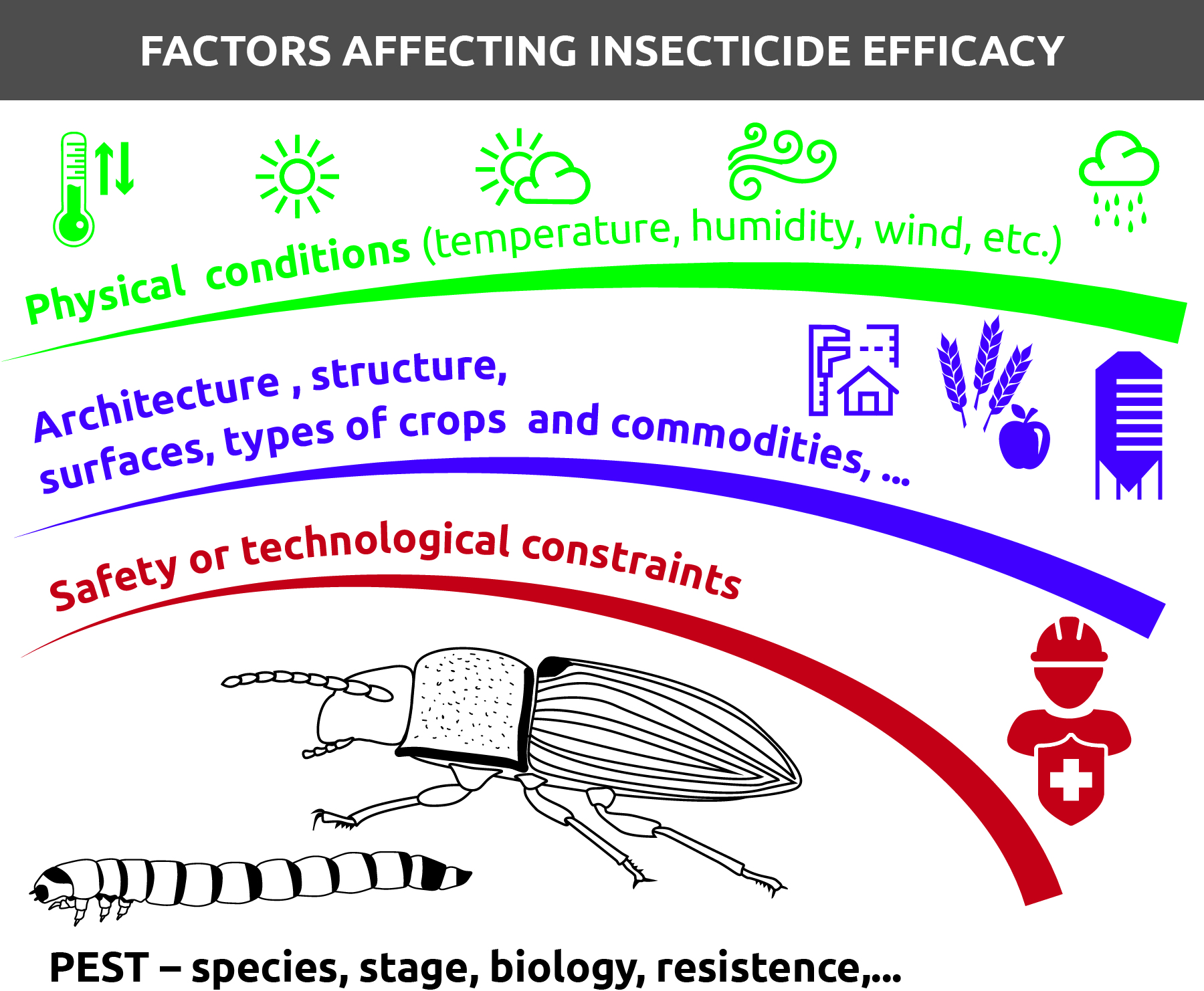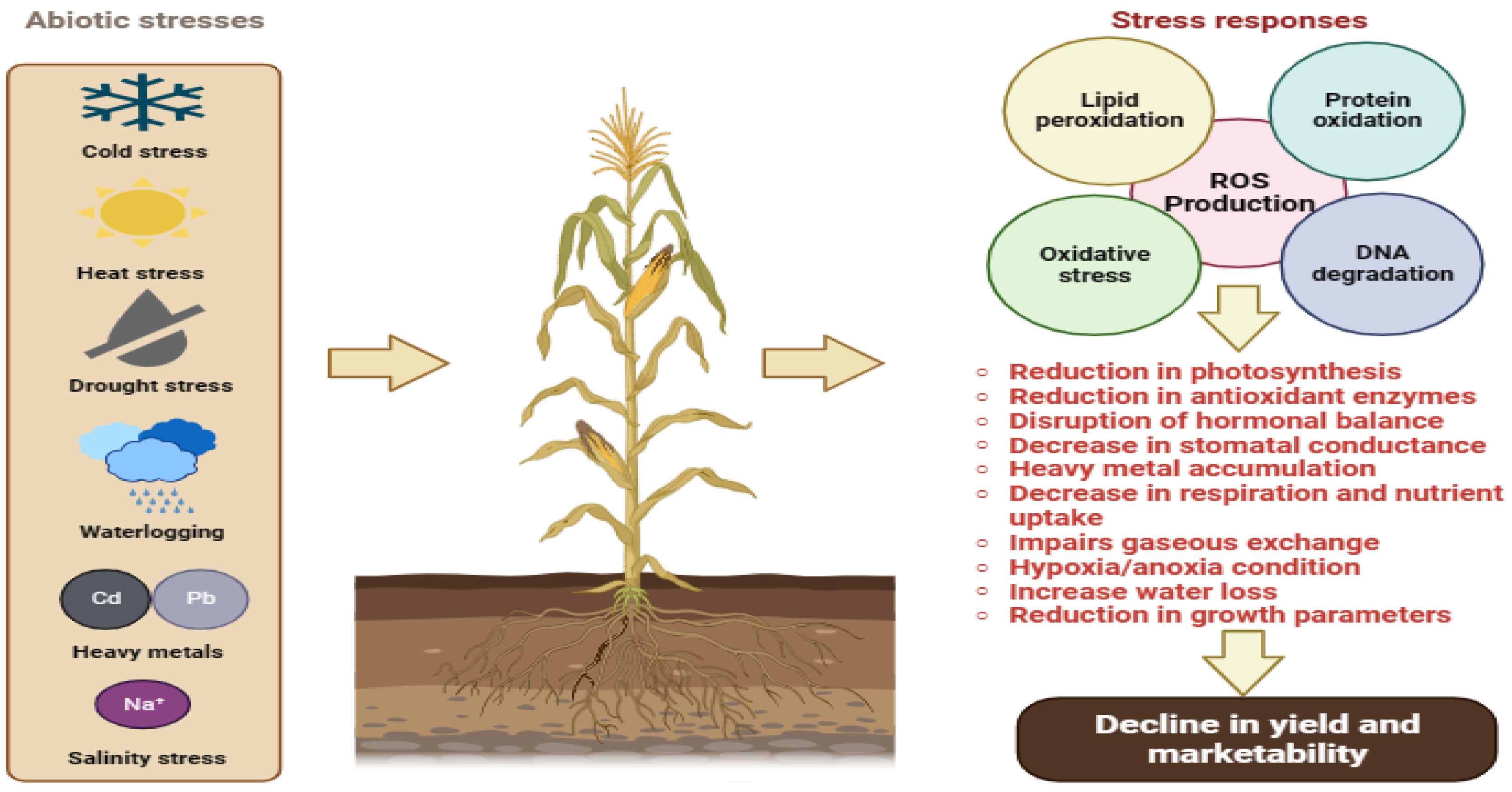Ginger is a vital minor crop. Its quality and seed production during storage are crucial.
The storage conditions for ginger significantly impact its seed quality and production. Factors such as temperature, humidity, and storage duration play key roles in maintaining ginger seeds' viability. Understanding these factors is essential for farmers and agricultural professionals aiming to preserve the quality of ginger seeds during storage.
By grasping how each factor influences seed health, one can take steps to ensure better crop yields and quality. This blog will explore the important elements affecting ginger seed production and quality during storage, offering insights and practical tips for optimal seed preservation.

Credit: www.mdpi.com
Introduction To Ginger Storage
Ginger is a valuable crop known for its health benefits and culinary uses. Proper storage is crucial to maintain its quality and seed production. Understanding the factors that affect ginger during storage can help farmers and producers optimize their practices. Let's explore the importance of ginger storage and the overview of seed quality.
Importance Of Ginger Storage
Storing ginger correctly preserves its freshness. It prevents spoilage and ensures a longer shelf life. Proper storage also maintains the ginger's nutritional value. This is vital for consumers who rely on ginger for its health benefits. Good storage practices help in minimizing losses, making it economically beneficial for producers.
Effective storage conditions can protect ginger from pests and diseases. This helps in maintaining the quality of the crop throughout the storage period. Proper storage methods include controlling temperature, humidity, and ventilation. These factors play a key role in preventing decay and maintaining the ginger's texture and flavor.
Overview Of Seed Quality
Seed quality is essential for successful ginger cultivation. Healthy seeds lead to better crop yields and higher-quality produce. Several factors affect seed quality during storage. These include moisture levels, temperature, and light exposure. Keeping these factors in check ensures the seeds remain viable for planting.
Poor storage conditions can lead to seed deterioration. This affects germination rates and overall crop health. Ensuring optimal storage conditions helps in preserving seed vigor. This is crucial for maintaining the genetic integrity of the ginger plants. Good seed quality is the foundation of a thriving ginger crop.

Credit: wires.onlinelibrary.wiley.com
Environmental Conditions
Environmental conditions play a crucial role in the quality and seed production of ginger minor crops during storage. Proper management of these conditions ensures the viability and health of the seeds. Two key factors are temperature control and humidity levels.
Temperature Control
Temperature significantly impacts the storage life of ginger seeds. Consistent temperatures prevent spoilage and disease. Ideally, ginger seeds should be stored at a temperature range between 50°F and 55°F. Higher temperatures may lead to rapid deterioration. Lower temperatures can cause chilling injury. This balance is vital for maintaining seed quality.
Humidity Levels
Humidity control is essential for ginger seed storage. High humidity levels can promote mold growth and rot. The optimal humidity level for storing ginger seeds is between 60% and 70%. Too much moisture can damage the seeds. Too little can cause them to dry out. Using dehumidifiers or silica gel packets can help maintain the right humidity.
Storage Methods
Proper storage methods are essential for maintaining the quality and viability of ginger minor crops during seed production. Different techniques can impact the preservation and longevity of these crops. This section explores the traditional and modern methods used in storage.
Traditional Methods
Traditional storage methods for ginger minor crops include sun drying and underground pits. Sun drying involves spreading the ginger in the sun. This reduces moisture content and prevents fungal growth. It is a simple and cost-effective method. However, it relies on favorable weather conditions.
Underground pits are another traditional method. Ginger is stored in pits lined with straw or leaves. This method helps maintain a stable temperature and humidity. It protects the ginger from pests and other environmental factors. This method is labor-intensive and requires careful monitoring.
Modern Techniques
Modern techniques offer advanced solutions for ginger storage. These methods include refrigeration and controlled atmosphere storage. Refrigeration involves keeping ginger at low temperatures. This slows down the aging process and extends shelf life. It requires access to electricity and proper equipment.
Controlled atmosphere storage regulates oxygen and carbon dioxide levels. This method helps maintain the quality of the ginger by reducing respiration rates. It also minimizes the risk of spoilage. It requires specialized equipment and knowledge.
Vacuum sealing is another modern method. Ginger is stored in airtight bags. This prevents exposure to air and moisture. It preserves the freshness and quality of the ginger. It is easy to use and effective but requires vacuum sealing equipment.
Impact Of Pests And Diseases
Pests and diseases can significantly lower the quality of ginger seeds during storage. They damage seeds, reducing their viability and production potential.
Ginger, a vital minor crop, is highly valued for its culinary and medicinal properties. However, maintaining the quality and viability of ginger seeds during storage can be challenging. One of the critical factors affecting this process is the impact of pests and diseases. Let's delve into how these threats can affect ginger seeds and what you can do to mitigate them.
Common Pests In Storage
Pests can be a significant headache during the storage of ginger seeds. Common culprits include beetles, weevils, and mites. These pests can burrow into the seeds, causing direct damage and making them unviable for future planting. I remember a time when I stored ginger seeds in a less-than-ideal environment. Within a month, I noticed tiny holes in the seeds, a clear sign of pest infestation. This experience taught me the importance of proper storage conditions and regular inspections. Regularly check your storage for signs of pest activity. Use clean and dry containers to store ginger seeds. If you notice any infestation, act promptly to prevent it from spreading.
Disease Management
Diseases can also wreak havoc on stored ginger seeds. Common diseases include bacterial wilt and fungal infections. These diseases can reduce seed viability and lead to poor germination rates. It’s essential to store ginger seeds in a cool, dry place to prevent fungal growth. Using clean and sterilized tools for handling seeds can also reduce the risk of bacterial contamination. One practical tip is to treat seeds with natural antifungal agents before storage. This can help in reducing the chances of disease outbreaks. Have you ever faced issues with diseases in your stored ginger seeds? What methods did you find effective? Sharing experiences can help others in the community manage these challenges better. By paying close attention to these factors, you can significantly improve the quality and longevity of your stored ginger seeds. Remember, a little prevention goes a long way in ensuring healthy and productive ginger crops.
Chemical Treatments
Chemical treatments play a crucial role in maintaining the quality of ginger seeds during storage. They help in protecting seeds from pests, diseases, and other factors that can degrade their quality. This section explores the types of chemicals used for treating ginger seeds and their effects on seed quality.
Types Of Chemicals Used
Different chemicals are used to treat ginger seeds. These include fungicides, insecticides, and growth regulators. Fungicides prevent fungal infections that can harm seeds. Insecticides protect seeds from insect attacks. Growth regulators help in maintaining the seed's viability.
Effects On Seed Quality
Chemical treatments can significantly affect the quality of ginger seeds. Proper use of fungicides ensures seeds remain free from fungal infections. This helps in maintaining their germination rate. Insecticides keep seeds safe from insect damage. This preserves their integrity and viability.
Growth regulators play a vital role in seed development. They help in maintaining the seed's vigor. This ensures high-quality seed production. However, it is important to use chemicals correctly. Overuse or misuse can lead to harmful residues, affecting seed quality negatively.
Physical Damage
Physical damage can significantly reduce the quality and seed production of ginger minor crops during storage. Factors like improper handling, temperature changes, and humidity levels can all contribute to this decline.
Storing ginger minor crops can be quite a challenge. One of the most critical issues that can affect the quality and seed production during storage is physical damage. Physical damage to ginger crops can occur at various stages, from harvesting to storage. This damage can significantly reduce the quality of ginger and affect its germination potential. Let's dive into the causes of physical damage and how you can prevent it.
Causes Of Physical Damage
Physical damage to ginger crops can happen due to several reasons. One common cause is rough handling during harvesting. When ginger is harvested using sharp tools or heavy machinery, it can easily get bruised or cut. Another cause is improper storage conditions. Piling ginger too high or storing it in areas with fluctuating temperatures can lead to crushing and splitting. Transportation also plays a role. Moving ginger in poorly packed containers or over long distances without proper cushioning can cause significant damage.
Prevention Techniques
To prevent physical damage, start with gentle harvesting methods. Use tools designed for ginger and handle each piece with care. Avoid using excessive force, and ensure that the harvesting crew is trained properly. Proper storage is equally important. Store ginger in well-ventilated containers and avoid stacking it too high. Maintain a consistent storage temperature to prevent any stress on the ginger. During transportation, pack ginger in cushioned containers. Use padding materials like straw or foam to absorb shocks. Ensure that the containers are not overloaded and that they are secured properly. Have you ever noticed how a small bruise on a ginger piece can turn into mold? It's essential to address physical damage promptly. Inspect your ginger regularly during storage and remove any damaged pieces to prevent the spread of mold or rot. By paying attention to these details, you can maintain the quality of your ginger crops and ensure better seed production. Remember, a little care can go a long way in preserving the integrity of your ginger during storage.
Genetic Factors
Genetic factors play a crucial role in the quality and seed production of ginger minor crops during storage. These factors influence traits such as germination rate, shelf life, and resistance to diseases.
When storing ginger minor crops, genetic factors play a crucial role in determining the quality and seed production. Understanding these genetic influences helps you make informed decisions for better yield and storage outcomes. Let's dive into the specifics of how genetic factors, particularly varietal differences and their impact on germination, shape the storage success of ginger minor crops.
Varietal Differences
Different ginger varieties exhibit unique characteristics that affect their storage quality and seed production. Some varieties have better resistance to diseases, which can significantly extend their storage life. Others may be more susceptible to rot or pests, leading to a quicker decline in quality. Choosing the right variety for your storage needs is crucial. For example, if you live in a region with high humidity, selecting a variety known for its moisture resistance can prevent mold and spoilage. On the other hand, if your primary concern is germination, opt for varieties that are known to sprout effectively after storage.
Impact On Germination
Germination rates can vary widely among different ginger varieties. Some varieties might maintain high germination rates even after extended storage periods, while others may see a significant drop. This variability directly affects your crop yield. Monitoring the germination rate of your stored seeds is essential. For instance, if you notice a decline in germination, it might be time to reconsider the variety you're using. Additionally, proper storage conditions, such as temperature and humidity control, can mitigate some genetic limitations and improve overall germination success. Have you ever experienced a noticeable difference in germination rates between two ginger varieties? Sharing your insights can help others in the community make better choices for their ginger storage and seed production. By paying close attention to these genetic factors, you can enhance the storage quality and seed production of your ginger crops. Select the right varieties and monitor their performance to ensure successful results.
Economic Considerations
Economic factors, like storage conditions and duration, directly impact the quality and seed production of ginger minor crops. Proper storage can prevent losses and ensure better yields.
Economic considerations play a crucial role in the quality and seed production during storage for ginger minor crops. These considerations can impact your choices and ultimately affect profitability. By understanding the economic factors, you can make informed decisions that benefit your ginger storage and seed production.
Cost Of Storage Methods
The cost of storage methods can significantly influence your profit margins. Traditional storage methods may seem cheaper initially but can lead to higher losses due to spoilage. Investing in modern storage solutions, like climate-controlled environments, can reduce waste. This might require a higher upfront investment, but the long-term savings and quality retention can be worthwhile. Consider the balance between initial costs and long-term benefits. How much are you willing to invest to ensure the quality of your ginger seeds? This is a key question to ponder.
Market Demand And Pricing
Market demand and pricing are dynamic and can fluctuate based on various factors. Understanding current market trends can help you decide the best time to sell your ginger. If the demand is high, you can get a better price for high-quality ginger seeds. Conversely, if the market is saturated, even the best quality may not fetch a good price. Keep an eye on market reports and adjust your storage strategy accordingly. Timing your sale to coincide with peak demand can enhance your profits. By considering these economic factors, you can optimize your storage methods and timing, ensuring the best possible outcome for your ginger minor crops. How will you adjust your strategy to maximize your returns?
Future Trends In Ginger Storage
Storing ginger, especially minor crops, has always been challenging. Ensuring high quality and effective seed production during storage requires innovative approaches. Let's dive into some future trends that could reshape the way we store ginger.
Innovations In Storage Technology
New technology is emerging to maintain ginger's freshness and quality during storage. Refrigerated units with precise temperature control can help in extending ginger's shelf life. These units also minimize spoilage, ensuring that you get the best quality ginger every time.
Additionally, smart sensors can monitor humidity levels. These sensors alert you when conditions are unfavorable, allowing for immediate adjustments. This proactive approach reduces the risk of mold and decay, ensuring better seed production.
Vacuum-sealing techniques are also gaining popularity. By removing air from storage bags, the growth of bacteria is minimized. This not only improves the storage life but also maintains the ginger's natural flavor and texture.
Sustainable Practices
Sustainable practices are becoming a focal point in ginger storage. Using eco-friendly packaging materials can significantly reduce environmental impact. Biodegradable bags and containers are perfect examples of how you can store ginger without harming the planet.
Implementing organic preservation methods is another trend. Techniques like natural drying and using organic preservatives maintain the ginger's quality. These methods are not only safe but also enhance the ginger's health benefits.
Community storage systems are also worth considering. By sharing resources, you can reduce costs and ensure that everyone benefits from advanced storage technologies. This collaborative approach promotes sustainability and strengthens community bonds.
How do you store your ginger? Have you tried any of these new methods? Share your thoughts and experiences in the comments below!

Conclusion
Storing ginger seeds properly is crucial for quality and yield. Factors like temperature, humidity, and light play significant roles. Regular checks help maintain seed health. Proper packaging can prevent damage. Following these practices ensures better seed production. Consistent efforts lead to higher crop success.
Keep these tips in mind for optimal results. Happy farming!

.jpg)

.png)
